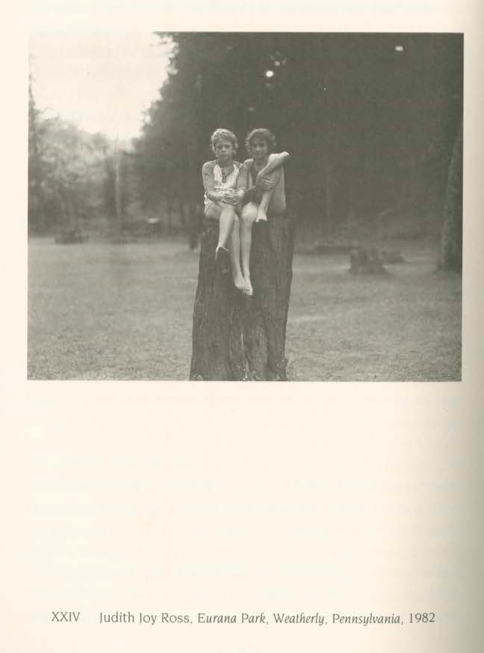Robert Adams brings up many excellent reasons for why people photograph, which ultimately depends on the person although there are many reoccurring ideas. Some of the reasons that Robert adams touches upon are very valid reasons for why some people photograph. From capturing landscapes at home and the affection of animals and humans to just getting into the business and knowing the right people. A lot of these also apply to my own reasons for photographing and photographing what I do.
Colleagues: Getting into the world of photography is possible one the best ways to improve your own photography, whether it's through inspiration, opinions and criticism or just having a group of people to belong to. Although I personally have not experienced meeting many of the great photographers as Robert Adams, through research and the direction of fellow classmates and professors, I have found inspiration and grown in my knowledge of photography.
Humor: The one statement that I believed was on point in this essay is; "perhaps this is why there are more funny pictures in family albums than in art books." I personally find that photographing my friends and family are easier when it comes to adding humor into my photographs. Sometimes the humor even appears itself because you are most comfortable with your friends and family.
Money: This is one reason that can be iffy when it comes to why people photograph. Most jobs in photography do not pay well unless you are a photographer for a major magazine, corporation, or celebrities in some way. Personally, I prefer studio photography and in reality will most likely (at least) start with photographing weddings, maternity, children/families and head shots. I know that I will not start off making much money, however I know there are many photographers who prosper.
Dogs/Judith Joy Ross: I love dogs. Besides that, Robert Adams brilliantly talks about how dogs are frequently photographed because they insert a sense of intimacy and affection into a photograph. This idea tied into the next essay Judith Joy Ross. "Just as one recognizes innocence after losing it, so one understands vulnerability after experiencing it." This quote struck me personally because to me it emphasizes that most people photograph or construct photographs in ways that display emotions or a personal story that only the artist themselves truly know through their experiences. I personally tend to put my own emotions and experiences into my photographs, subtly or straightforwardly.
Two Landscapes: The most important reason to photograph I got out of this essay was to photograph home, and areas around you that mean something/ or have met something special that only the locals would understand. With the rapid changes in the landscape and urbanization, many photographers choose to photograph landscapes to glorify nature and remember places before they change.
Here are two of my favorite photographs from the book. I like them because of the affection portrayed within them as well as the interaction between people/subjects. I especially like the photograph by Judith Joy Ross because compositionally the two girls' bodies form a heart-shape and that seems so subtle, yet beautiful.

